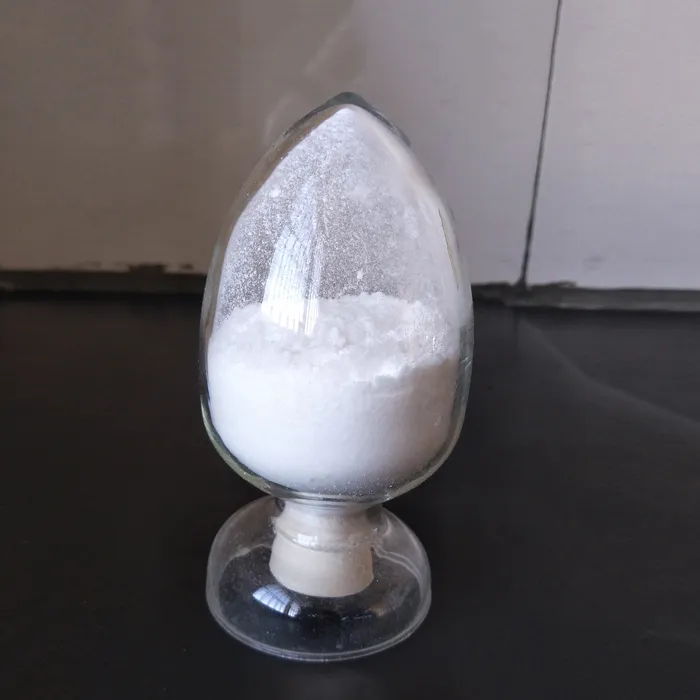Polyacrylamide Flocculant in Water Treatment An Overview
Water treatment is an essential process that aims to make water safe for human consumption and ecological balance. Among the various chemical agents employed in water treatment, polyacrylamide (PAM) flocculants have gained significant recognition for their efficacy in enhancing the clarity of water. This article explores the role, benefits, and applications of polyacrylamide flocculant in water treatment processes.
What is Polyacrylamide?
Polyacrylamide is a synthetic polymer that is produced from acrylamide monomers. It is available in various forms, including powder, granules, and emulsions, and can be cationic, anionic, or non-ionic depending on the types of functional groups substituted during its manufacturing process. Each type possesses distinct properties that influence its application in different water treatment scenarios.
Mechanism of Action
The primary mechanism by which polyacrylamide acts as a flocculant is through charge neutralization and bridging. In water treatment, PAM interacts with suspended particles, forming larger aggregates known as flocs. These flocs can then settle more rapidly during sedimentation processes, thus enhancing the overall effectiveness of the treatment. The high molecular weight of polymer chains allows PAM to effectively encompass and bind with colloidal particles, leading to clearer water.
Benefits of Using Polyacrylamide
1. Enhanced Sedimentation Rates The use of polyacrylamide in water treatment significantly improves the rate at which suspended particles settle, accelerating the clarification process. This is particularly beneficial in municipal and industrial wastewater treatment facilities.
2. Reduced Chemical Usage Traditional coagulants, such as aluminum sulfate, can be corrosive and produce significant sludge volumes. In contrast, PAM flocculants typically require lower dosages and lead to less sludge generation. This reduction in chemical usage not only lowers operational costs but also minimizes the environmental impact.
3. Versatility Polyacrylamide can be adapted for various applications. Whether it is for drinking water purification, wastewater treatment, or even industrial processes like oil recovery, its versatility makes it a valuable tool in several sectors.
polyacrylamide flocculant water treatment

4. Improved Filterability In processes that require filtration, such as in water treatment or mining, PAM-enhanced flocculation leads to better filterability, resulting in clearer effluent and lower operational costs for filtration systems.
5. Cost-Effectiveness Although the initial cost of polyacrylamide may be higher than some traditional coagulants, the long-term savings from reduction in chemical usage, improved efficiency, and lower maintenance requirements make it a cost-effective choice for many water treatment facilities.
Applications in Water Treatment
1. Municipal Water Treatment In municipal systems, PAM is used to treat drinking water, where its ability to remove turbidity and suspended solids helps in providing clean and safe water to the population.
2. Wastewater Treatment Industrial and municipal wastewater plants utilize PAM to enhance the removal of impurities and solid waste. Its efficiency in clarifying effluents leads to compliance with environmental regulations.
3. Mining and Mineral Processing In the mining sector, PAM is employed to improve the recovery of minerals and the efficiency of dewatering operations. It helps in minimizing water usage and optimizing resource extraction.
4. Paper and Pulp Industry Polyacrylamide flocculants are also used in the paper industry for enhancing the retention of fibers, fillers, and pigments during the production process, leading to better quality paper products.
Conclusion
Polyacrylamide flocculants are an integral component in modern water treatment processes, offering numerous advantages such as improved efficiency, cost savings, and environmental sustainability. As the demand for clean water continues to rise globally, the role of polyacrylamide in making water treatment processes more effective and efficient will undoubtedly become more critical. Its versatility and effectiveness across various applications underscore its importance in addressing the challenges associated with both drinking water and wastewater treatment. As such, industries and municipalities are encouraged to consider adopting polyacrylamide flocculants in their water treatment protocols to enhance performance, efficiency, and environmental stewardship.

